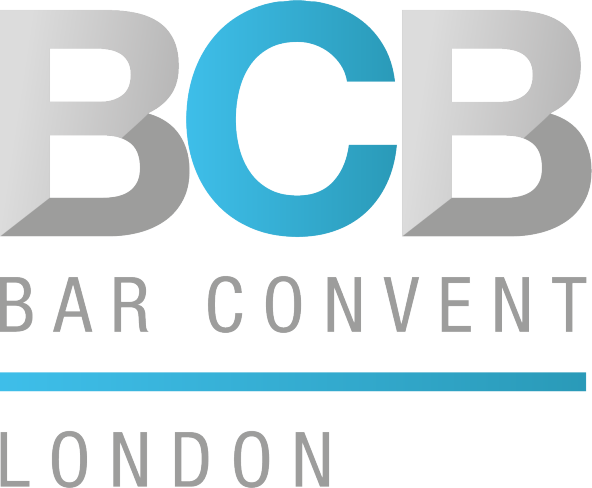The Rise of Low-ABV Beverages in Today's Market
Within the fast-growing No- and Low-Alcohol space, the focus tends to be on the former, with 0.5% and below getting most of the attention, with a steady stream of new launches across categories, and pioneering new categories too. But there’s plenty of opportunity when it comes to low-ABV, whether that’s in wine, beer, spirits or cocktails.
One incentive in the UK is the recently introduced lower duty rate for all drinks below 3.5% ABV, now significantly lower than duty for higher-ABV products in all categories. And if that sub-3.5% drink is on draught, the duty is even lower. Heineken has since dropped the ABV of its John Smith brand from 3.6% to 3.4%.
Beyond the financial incentives, these tap into the moderation trend, as well as broader health trends, as lower alcoholic strengths are associated with lower calories too.
“I think there is a lot of interesting innovation in the low arena, things like 10% ABV gins that make a very light mixed drink, and Nice have been releasing ‘session wines’ around 3.4% ABV,” says Jordan Childs, founder of low-alcohol brewer Mash Gang. “The UK has always had an affinity with lower-ABV beers – mild, session beers at the lower end, and things like milk stout – so it’s not a colossally hard sell.”
Beer and cider
While Mash Gang’s beers are all below 0.5% ABV, they’re labelled “low alcohol”, a deliberate choice, but one that’s changing as the category evolves. “As a majority found its way into bars, bottle shops, taprooms and pubs, I wanted to stay away from terminology that was more macro-orientated, like non-alcoholic and alcohol-free,” says Childs, adding that as the brand has grown, it’s now moving towards “non-alcoholic” as a descriptor.
In Herefordshire, cider producer Celtic Marches includes a 0.5% ABV product alongside its full-strength offerings. Holly Golightly Cider is made with 100% pressed cider apples, giving it both light acidity and tannins.
Offering a touch more alcohol is London’s Small Beer, whose range doesn’t exceed 2.6% ABV. Not only inspired by moderation trends, the brewery draws on tradition too, referring to the lower-ABV styles of beer produced in the days of Shakespeare and Chaucer. Beers in Small Beer’s range include a 2.3% IPA, 2.5% Pale and a 2.6% Hazy, all made to their strength, with no alcohol removed.
Jiddler’s Tipple, meanwhile, produces session-strength beers at 3.8% ABV, with a range that consists of an Everyday Pale Ale, Bog Standard Lager, Another IPA and Juicy Chug Hazy IPA.
Wine
New Zealand winery Invivo has extended its celeb partnership with Sarah Jessica Parker to create a lower-ABV range entitled Sevenly. As the name suggests, these clock in at 7% ABV, balancing moderation trends with the benefits of alcohol when it comes to flavour. The brand also highlights the lower calorie content of the wines, around 70 calories per glass.
“The challenge for winemakers when it comes to lower alcohol is to deliver a glass of wine that tastes great and provides an experience that matches up to its full-strength counterparts. Alcohol provides flavour and mouthfeel, so with less alcohol, the wine experience can often be lacking,” says Invivo co-founder Tim Lightbourne, who explains that alcohol is removed from the wines during the winemaking process. “Recent data shows that wine drinkers are increasingly opting for lower alcohol options when they are looking to moderate. Our customers are telling us that this is based around social occasions, whether that’s enjoying a glass of wine at home during the weekdays or at a gathering on the weekend – they enjoy the taste of wine but want to balance that with feeling good the next day.”
The Sevenly range consists of a Sauvignon Blanc and a Rosé, joining its full-strength wine range created in collaboration with Parker. Lightbourne says that the Sevenly range could expand to include sparkling and red wine in the future, and that a 0% ABV option is a possibility too.
Another New Zealand wine brand with lower-ABV offerings is The Doctors’, made by “slowing the grape plant’s ability to make sugar – but not its ability to develop flavour”. The range includes a 9% ABV Riesling, and Sauvignon Blanc, Pinot Noir and a rosé all at 9.5% ABV.
UK-based Nice offers an even more moderate option, and one that falls below the aforementioned 3.5% ABV threshold for UK duty. The brand recently introduced a pair of Session wines, namely Sauvignon Blanc and Merlot, that are both 3.4% ABV.
Spirits
Among the more prominent lower-ABV spirit brands is Cut Classic, offering a trio of 20% ABV drinks that are alternatives to vodka, gin and rum. The brand highlights the reduced calorie content in addition to the lower ABV, and their use of traditional distillation methods to achieve this lower strength.
Over in London’s Dulwich, Fatty’s Organic Spirits produce a half-strength gin at 20% ABV, alongside its full-strength counterpart. A 25ml measure of Fatty's Organic Pink Grapefruit Spirit Drink with 200ml of tonic results in a 2.2% ABV drink.
Taking things further is Quarter Proof, with 12% ABV alternatives to gin and tequila, as well as a pair of low-ABV ready-to-serve cocktails – Quarter Margarita and Quarter Negroni – in collaboration with Lockdown Liquor, at 8% ABV and 12% ABV, respectively.
There are those who have gone in the opposite direction, but still with the aim of moderation. At 43% ABV, Small Gin from Hayman’s might not seem like a low-alcohol candidate, but its concentrated flavours mean that it can be used in small quantities – it comes with a thimble measure and makes 40 G&Ts per 20cl bottle.
Along similar lines is Smidgin Dry Gin from Adnams, at 50% ABV. Produced using 10 times the quantity of the gin’s six botanicals, just 2.5ml is recommended per G&T – mixed with 200ml of tonic the resulting drink is 0.6% ABV.
Enjoy this article? Make sure to share it!
Looking for something else?
